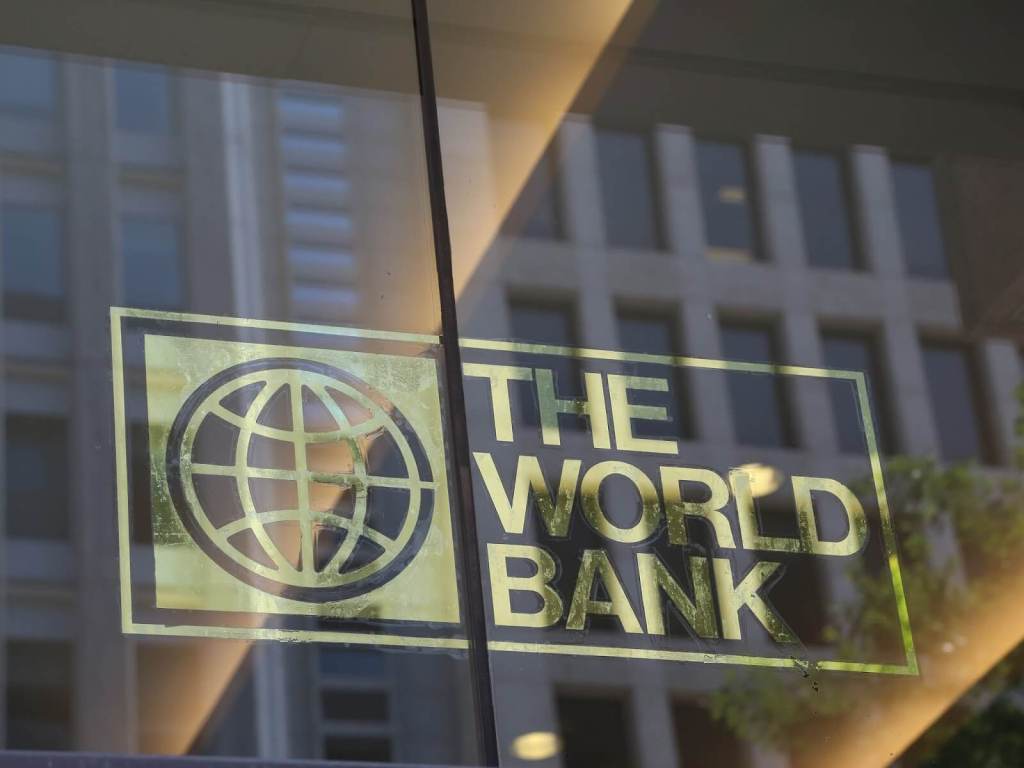The World Bank Board of Directors have approved $300 million in additional financing to the Uganda Intergovernmental Fiscal Transfers Program for Results (UgIFT) to boost local governments (LGs) service delivery in education, health, water and environment, and micro irrigation, including in areas hosting large populations of refugees.
The financing includes a credit of $240 million and a grant of US$60 million, of which US$50 million will be from the IDA Refugee Support Window (RSW). The additional financing builds on the initial success of the original UgIFT, amounting to US$200 million to support service delivery in the health and education sectors.
The UgIFT program contributes to the Government’s Intergovernmental Fiscal Transfer Reform Program (IFTRP), which aims to strengthen the financing of local governments, increasing the overall level of funding and reducing the disparities in funding for service delivery across local governments. The IFTRP also aims to improve service delivery through strengthening central government oversight, assessing local government, subcounty, school and health facility performance, providing performance incentives and supporting poorly performing local governments.
“UgIFT will deepen the focus on service delivery, enhancing value for money and reducing inequities in public spending on social services, thereby helping to achieve the twin goals of ending extreme poverty and promoting shared prosperity in a sustainable manner. It is also a crucial intervention at the local government level for maintaining financing of health and other basic services, which have come under strain during the COVID-19 pandemic,” said Tony Thompson, World Bank Country Manager.
Combined, the original and additional UgIFT financing will construct, equip and staff at least 259 new secondary schools. An estimated 1,000 existing primary schools will receive development grants to refurbish and equip their facilities to provide better learning environments and meet basic standards. Laboratories will be constructed in secondary schools that do not have them. A total of 14,000 primary and 1,400 secondary school teachers will be recruited in the least-staffed districts to enable them to meet minimum school staffing levels. Additional inspectors will be recruited to meet a ratio of 1 inspector to 40 schools. Grants for primary and secondary schools will enable schools to make instructional materials available to teachers and maintain facilities based on student populations. In addition, financial incentives linked to school performance will be tested and phased in.
In health, the combined program will equip, staff and upgrade 380 facilities to health center III (HCIII) level. Up to 500 health centres will be able to access development grants to rehabilitate, expand and equip their facilities to meet minimum standards. At least 11,000 health workers will be hired for the least-staffed districts to enable them to meet minimum facility staffing levels. Results Based Financing will be mainstreamed, creating incentives for service delivery performance. Allocations for essential medicines will be increased, and the mechanisms for allocating those supplies and the transparency of allocations will be enhanced through digitalization.
The additional financing will enable UgIFT to be extended to two additional sectors— water and environment and small-scale irrigation— to increase safe water coverage in the least served sub-counties, improving the functionality of existing potable water supply sources, and enabling investments in water supply for public institutions, including for newly constructed schools and health facilities. An estimated 750,000 people will benefit from new or repaired water facilities. Districts and municipalities will promote environmental management functions initially focusing on the implementation of public investments, including water resources management and actions against deforestation.
For micro-irrigation, up to 8,000 smallholder farmers in 40 districts will access matching grants to purchase and use micro-irrigation equipment, contributing to raising incomes and food security in rural areas through improved agricultural productivity and improving climate resilience of the poor and vulnerable farming communities.
UgIFT will also support the integration of delivery of services to refugees and their host communities in thirteen districts. In doing so, refugee populations will be factored into allocation formulae, and UgIFT will support the transition from humanitarian financing to integrated financing of service delivery for refugees and their hosts together with services already managed by LG.
“The combination of the additional funding for local governments, the program’s deepened focus on service delivery and performance, the extension of the program to include to water and micro irrigation, and the integration of service delivery for refugees and their hosts provides a unique opportunity to revitalise local government service delivery across Uganda” said Tim Williamson, Senior Public Sector Specialist and World Bank’s Task Team Leader for the project.
The UgIFT program complements other investments by the World Bank Group in Uganda supporting the IFTRP, including the Uganda Support to Municipal Infrastructure Development Program (USMID) which is financing urban development in municipalities and service delivery investments in refugee hosting LGs via the Discretionary Development Equalization Grant (DDEG).
The Ministry of Finance, Planning and Economic Development leads the implementation of the UgIFT in close collaboration with other central government institutions, including the Office of the Prime Minister and the ministries of Local Government, Health, Education and Sports, Water and Environment, and Agriculture, Animal Industry and Fisheries.








